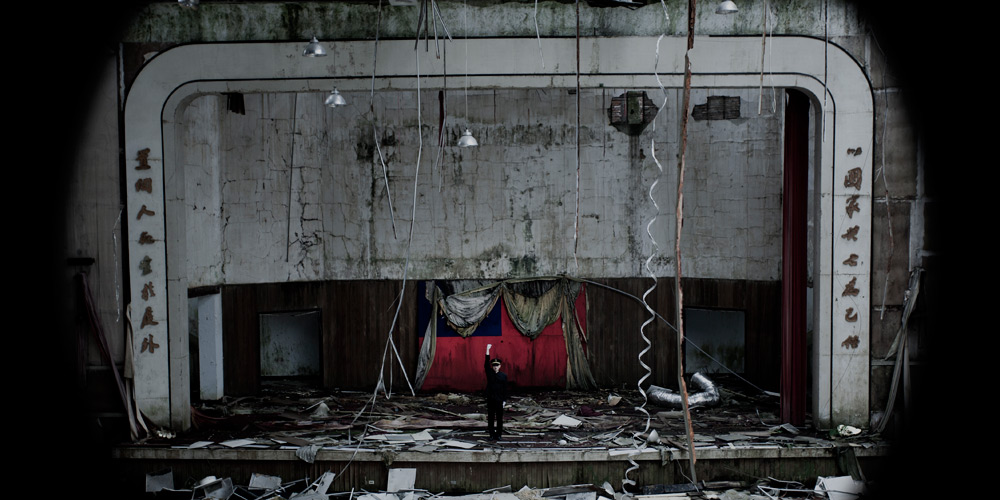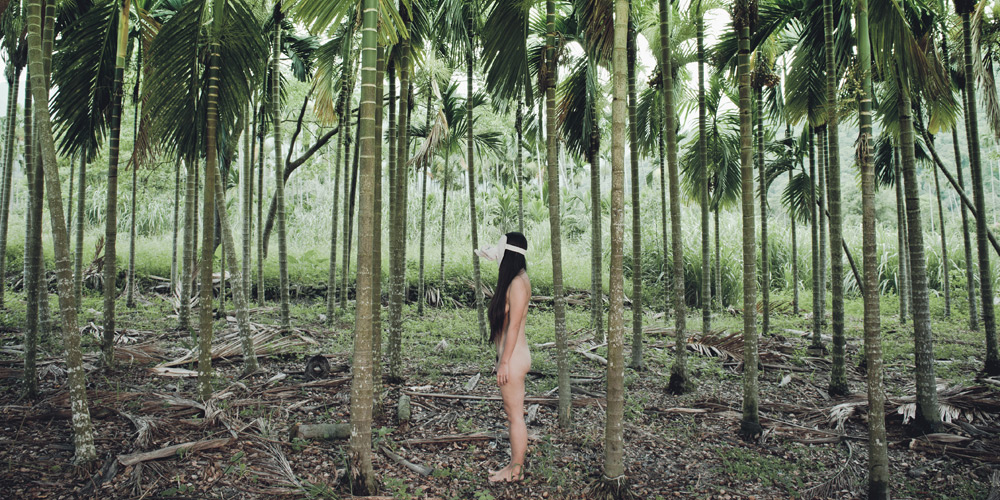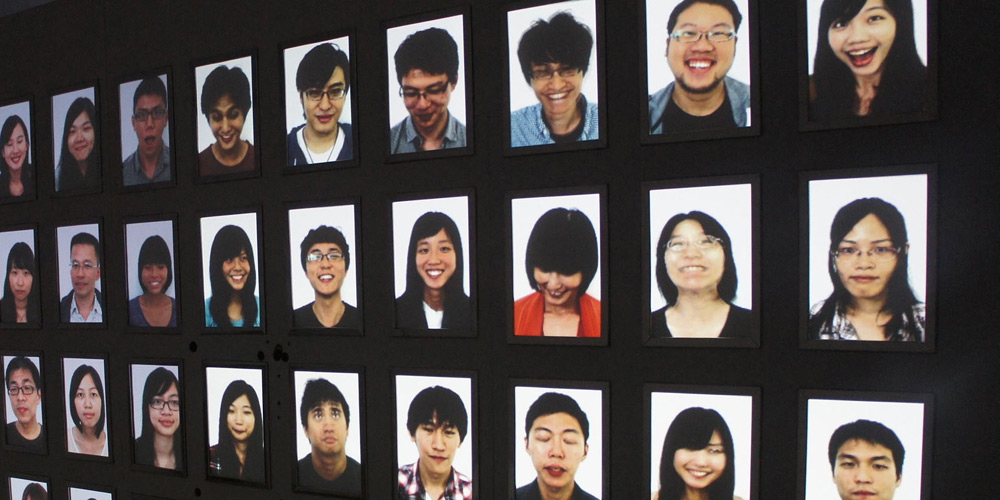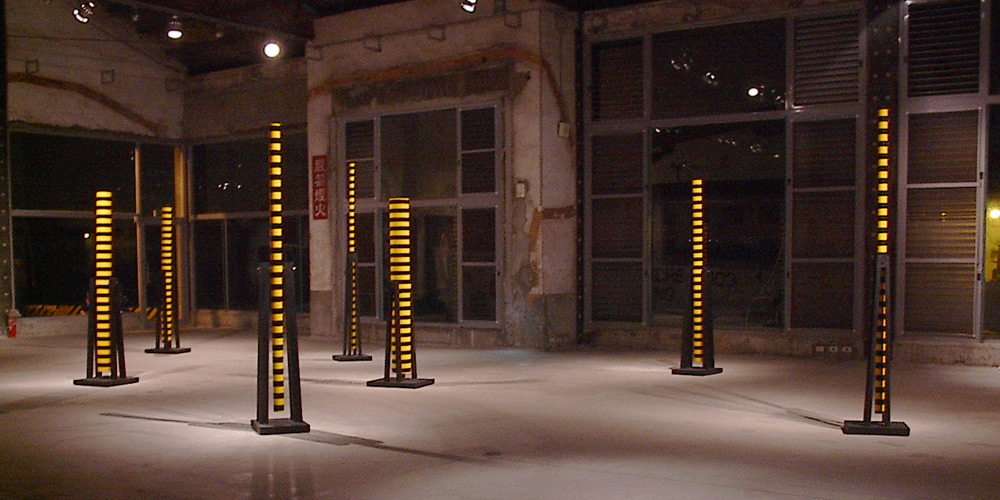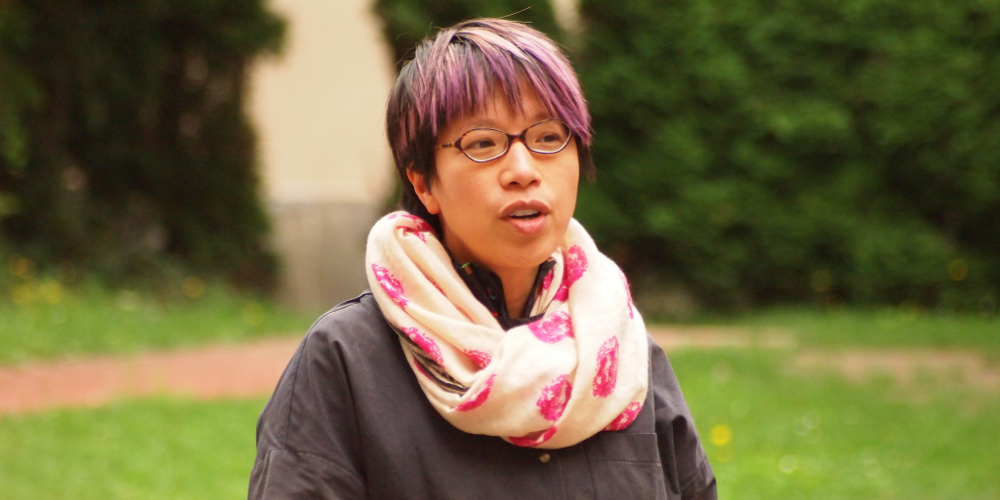Contemporary life is full of rapid changes, the virtual collides with reality, chaos is the ultimate master. At the 2014 Ars Electronica Festival the exhibition Buddha on the Beach presents Taiwanese works that take up the topic.
Contemporary life is full of rapid changes, the virtual collides with reality, chaos is the ultimate master. In the current digital era, we are overloaded with information yet lack the wisdom to process it. We know everything, yet are still lost. We live in a nightmare, but also in a moment of great opportunity.
These paradoxes shape the work of many contemporary artists in Taiwan. At the 2014 Ars Electronica Festival the exhibition Buddha on the Beach presents Taiwanese works that take up the topic through interactive installation, live performance, and visual and video art.
We had the opportunity to talk with the exhibition’s curators, I-Wei Li and Pierre Bongiovanni, and ask them why Buddha is on the beach, and how this image connects with the work of contemporary Taiwanese artists.
You can find a full list of the works exhibited in Buddha on the Beach here: https://ars.electronica.art/c/en/buddha-on-the-beach/
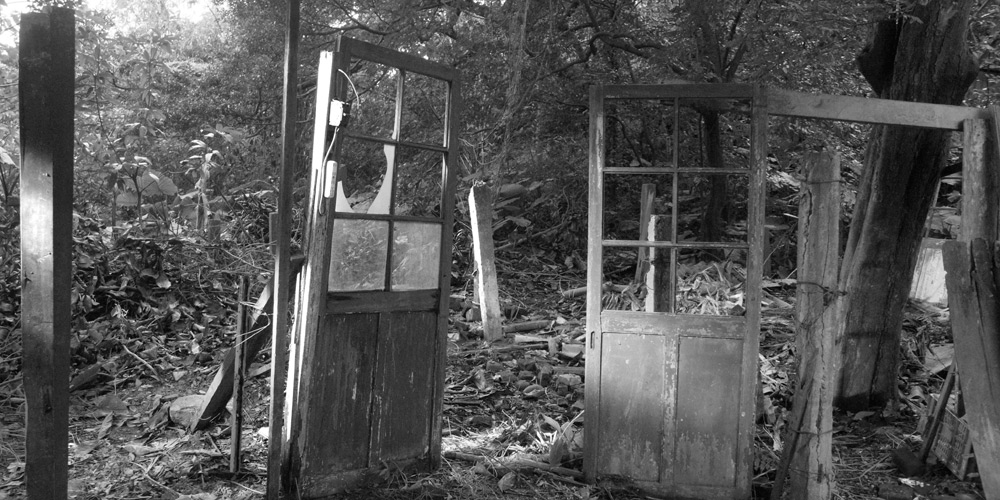 Realm of Reverberation – Chieh-Jen Chen
Realm of Reverberation – Chieh-Jen Chen
Hi I-Wei and Pierre! Can you explain the title ‘Buddha on the Beach’?
I-Wei Li: First of all, this is a tribute to the Philip Glass masterpiece ‘Einstein on the Beach’. For us, this piece is absolutely revolutionary and still very important today. We also chose the title, Buddha on the Beach, because we are concerned about the crisis in the world. I think this is clear to everyone. We have many different kinds of crisis. Lately there was the tsunami, the wreck of the Costa Concordia, and a lot of irregular migration is happening at the moment. This all happens at the waterfront. So the beach, in a way, is a very critical point for confrontation, for conflicts, for tension. And the interesting question is, ‘why is Buddha on the beach?’ With the entire crisis in the world, this is the moment we look for Buddha, look for God. And if Buddha is on the Beach, is he there to save the world, to help us, or is Buddha there to take holiday, because he’s too tired and needs a break? So we are using this title to question the current condition of the world, and our relationship to the crisis.
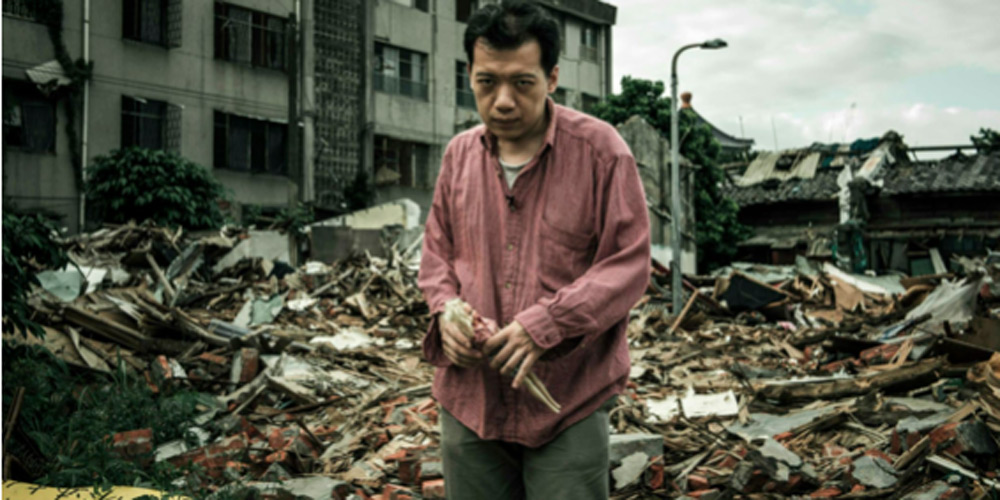 Smashing Karaoke vs. Brass Band – Dawang Huang
Smashing Karaoke vs. Brass Band – Dawang Huang
How did this exhibition start out?
I-Wei Li: This exhibition is not only about Taiwan. All the works we picked – we are very confident in saying this – have international perspectives and speak about the world today. For us, we chose to work with Ars Electronica because we consider this festival as a very important platform. The important thing for this exhibition is that we hope it will allow for a dialogue, a real window, for connections to address issues on a global level. This is very important for us.
What do the different works of ‘Buddha on the Beach’ have in common?
Pierre Bongiovanni: In common is the question, ‘what is the future?’ For example, there is an artwork with wood and another artwork in the form of a videogame. You can think, ‘why are these works in the same place?’, because they don’t have the same culture, they don’t have the same background, or the same experience, but what they have in common is to think about our future. The future is about globalisation. What can we do with that? It’s the same question for you, for me, for European, for American, for rich people, for poor people, etc. It’s the same question: ‘What can we do for our future?’
What will be the highlights of the exhibition?
I-Wei Li: Everything is a highlight for me, because we see a close connection between all the works. You will see it in our exhibition design, when you come to experience the exhibition. So it’s not like we pick a few pieces and say these are the masterpieces for us. It’s important to experience the exhibition as a whole. This time we really break boundaries. For example, we mix contemporary art and new media with aboriginal art, all these are together in one exhibition.
Pierre Bongiovanni: Each art piece is one point of view of the situation, and in this time of crisis you cannot have only one point of view. You need to manage your own different points of view. You need to manage it and say this is possible, that is possible and these are also possible. What can I do with all these different perspectives? The reference to the Buddha is also about that, because Buddha’s world is not only one world. He has six different worlds and each day you go from one world to another. One is the animal world, one the paradise world, one the wild world, etc. In this exhibition it’s the same.
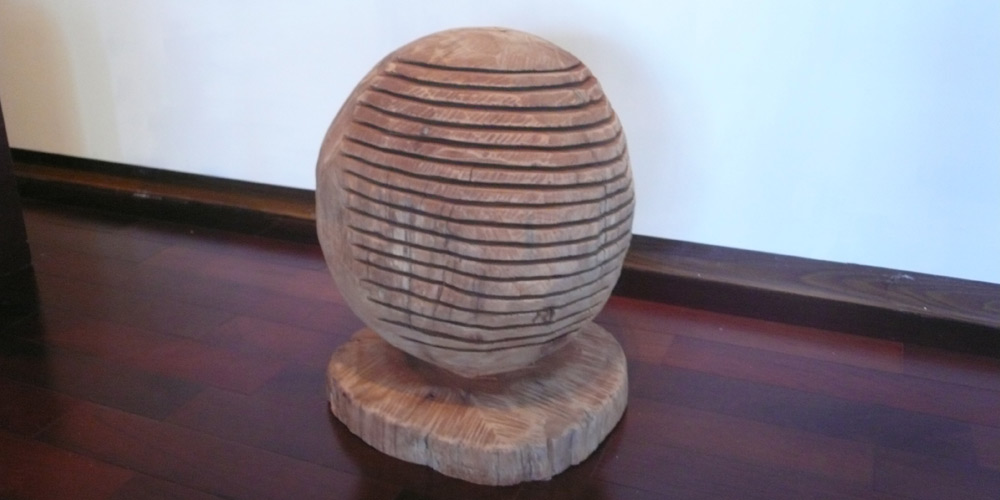 Three States of the World – I-Ming Lin
Three States of the World – I-Ming Lin
The exhibition isn’t only situated in one place. It’s spread across different locations…
I-Wei Li: Exactly, the exhibition is in different extraordinary places in the festival, in Linz city center. The context of each space is also very important – why is this piece in the church? why is this video installation in the school? We also took the context into consideration, when we designed the exhibition.
Last year your exhibition ‘Schizophrenia Taiwan 2.0’ toured different cities. Does ‘Buddha on the Beach’ also tour the world?
I-Wei Li: We plan a tour in Europe and South America, but we are now open to work with international artists from different countries in dialogue with the thematic we propose, with the relation between art and crisis. This is a new approach with this exhibition.
Pierre Bongiovanni: Yes, we prepare the next exhibition and we want to enlarge the focus. We prepare an international event with the same topic and we need to enlarge our network. We want to build a new, larger team. So we are very interested in getting to know people who think about the relations between art and global crisis. So, anyone who is interested can visit us at the exhibition during Ars Electronica Festival to make contact with us.
Join the 2014 Ars Electronica Festival from 4th to 8th September and be inspired by the Taiwanese art. The exhibition will be in the FestivalCity, at Mariendom (St. Mary’s Cathedral) and Akademischen Gymnasium Linz, and LENTOS Kunstmuseum Linz.

